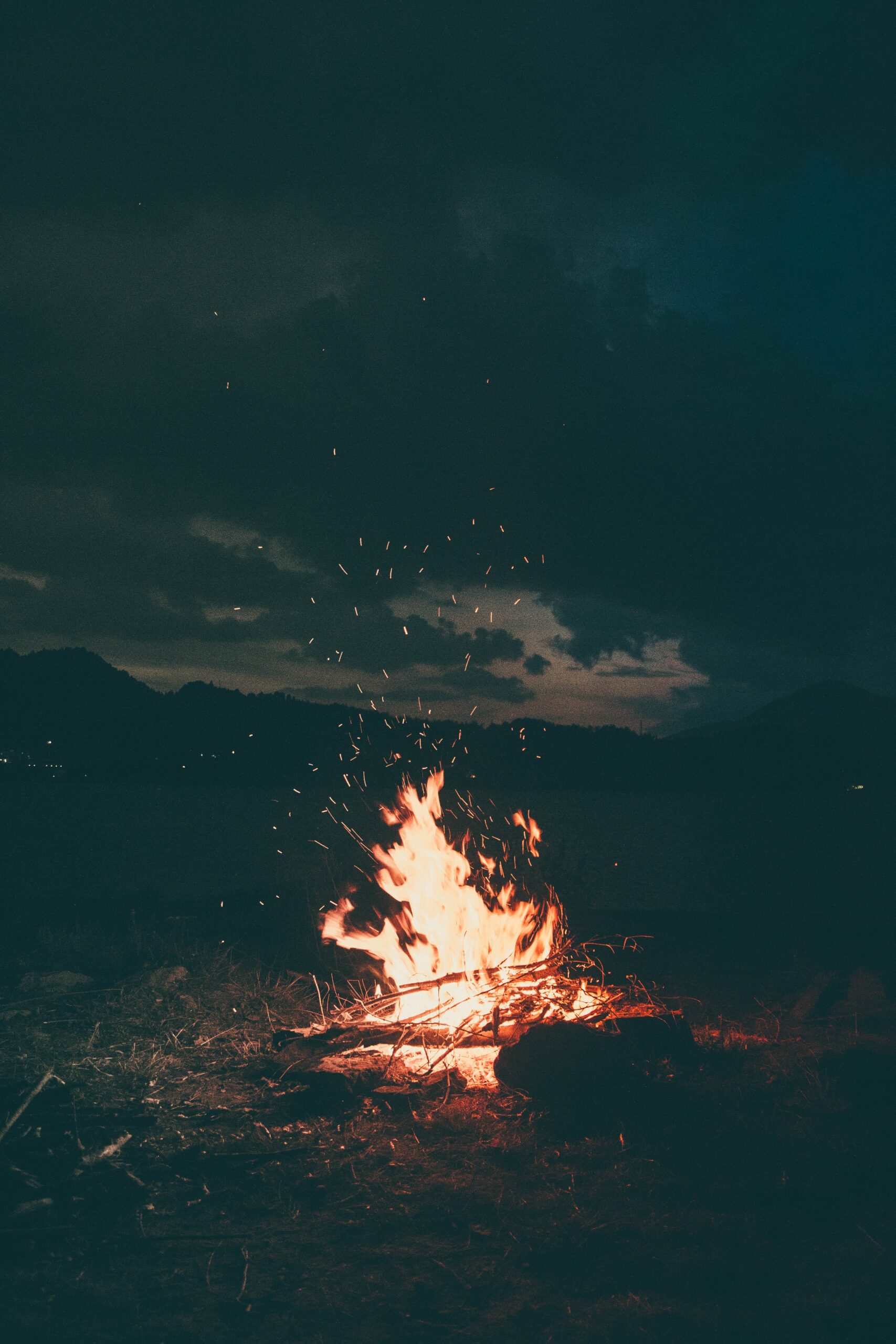The Dos and Don’ts of Campfire Safety
Whether you’re camping in the great outdoors or just having some friends over for a bonfire, it is important to abide by safety guidelines when dealing with fire. While campfires are a great way to connect with nature and make lasting memories, they can quickly become dangerous if proper precautions aren’t taken. In this blog post, we will discuss the dos and don’ts of campfire safety.
Do: Select Firewood Wisely
When selecting firewood, there are a few things to keep in mind. First of all, only burn seasoned wood that has been dried for at least six months. Avoid green wood as it won’t burn as easily and creates more smoke. Additionally, make sure to check local regulations regarding what types of firewood are allowed in your area before you start collecting it.
It’s also important to use dry logs that are not too large or small – try using logs that range from two inches to four inches in diameter so they will be easy to manage. Once you have gathered your wood supply, avoid piling it too high as this could lead to flames reaching higher than expected levels.
Don’t: Neglect Fire Containment Techniques
When building your campfire, make sure you use basic precautionary techniques such as maintaining a distance between the fire and other combustible materials such as trees or tents. It’s best practice to create a fire line or clearing around the campfire site by removing any flammable debris like leaves or twigs from the immediate vicinity. Additionally, always keep an eye on your campfire and ensure that it does not get out of control; if necessary add another layer of rocks around the rim for additional protection.
Finally, avoid using accelerants such as gasoline or kerosene on open flames as this can cause unexpected flare ups that could endanger those nearby and damage property.
Do: Extinguish Your Fire Properly
Once your campfire is no longer needed, properly extinguish all remaining embers with water until they stop smoldering completely – never leave an unattended fire burning overnight! Be sure to disperse any lingering sparks from larger pieces of wood and stir up all ashes afterwards; even after dowsing with water ashes can remain hot long after the flame is gone which means there is still potential for re-ignition if left unchecked. Finally, never bury your campfire – instead scatter any leftover ashes away from surrounding vegetation so future campers will have clear spaces for their own fires without worrying about being near combustible material!
Keep these tips in mind when tackling campfires next time – with just a little bit of extra caution everyone can enjoy a safe and pleasant outdoor experience while making fantastic memories along the way!
